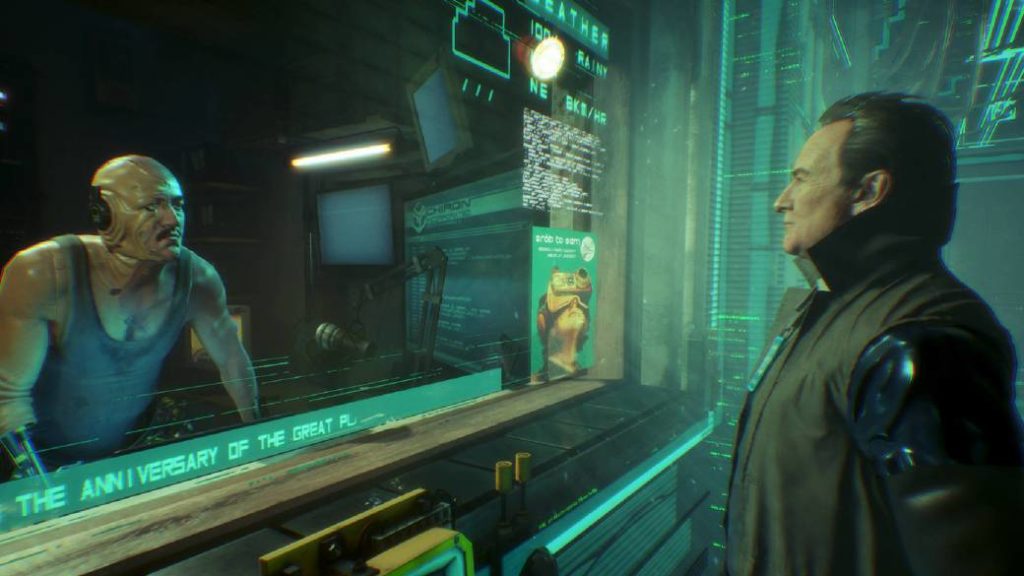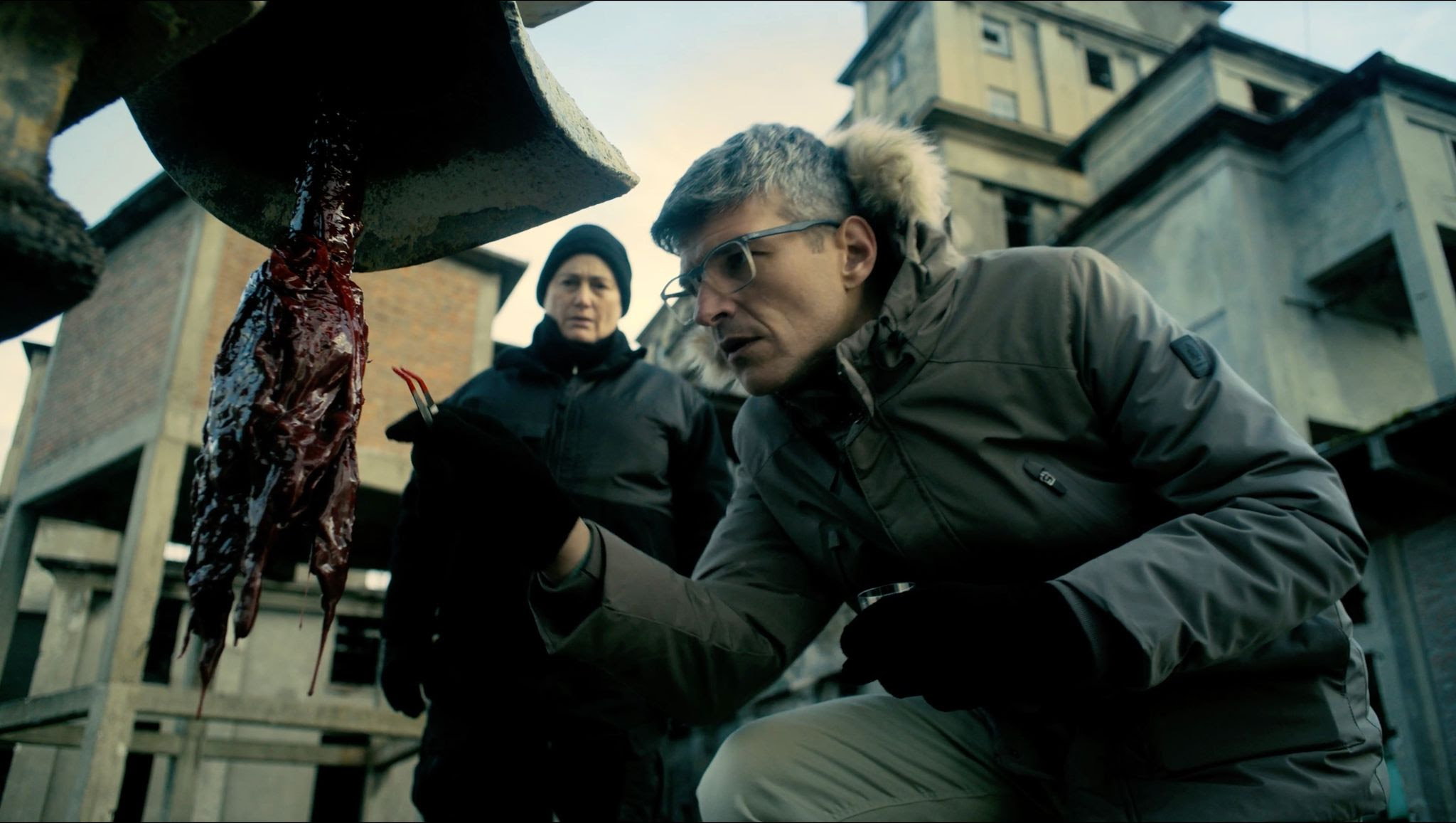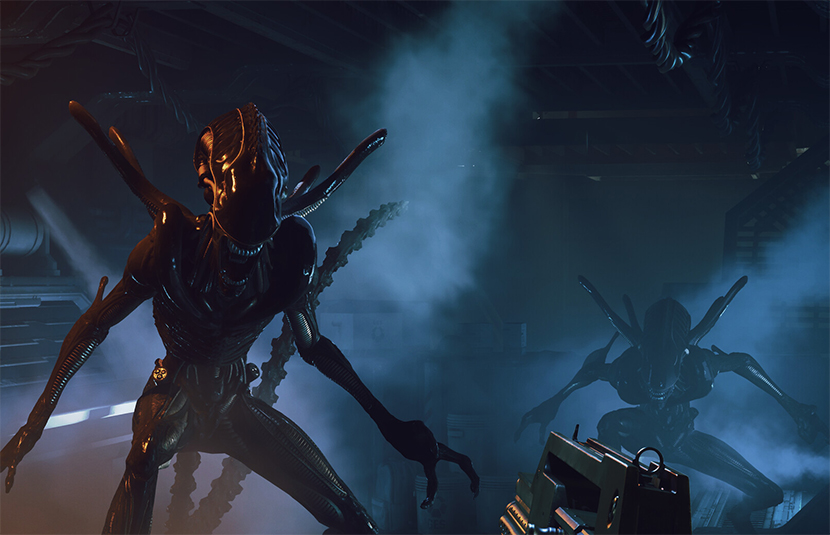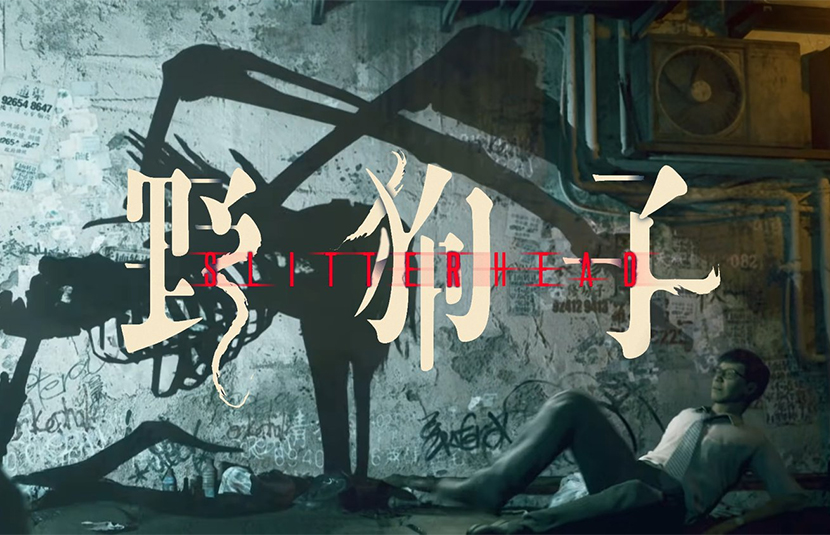Reviews
[Review] ‘Observer: System Redux’ Restructures Bloober Team’s Cyberpunk Horror Gem Into Something Greater

Like one of the cyborgs at the heart of its cyberpunk horror story, Observer: System Redux is a combination of the still-functioning old and the shiny new. Faulty parts have been scrapped. New components have been grafted on. And, the totality has been buffed to a futuristic sheen. Since its release in 2017, Observer has been developer Bloober Team’s best game. Now, with the release of this director’s cut rework for PC, PS5, and Xbox Series X/S, it is the studio’s best game without caveats.
If you missed Observer upon its initial release, there has never been a better time to jack into its dark future. Our glimpses of that dystopia are almost entirely localized to The Stacks, a rundown tenement in the Krakow of 2084. The Stacks are an impressively grimy synecdoche for cyberpunk as a whole, packing neon and dirt and body modifications and netrunning and chunky CRTs into a fairly compact setting.
You explore this space as (perhaps unsurprisingly for genre fans) a future cop. More specifically, protagonist Daniel Lazarski is an observer, a cybernetically enhanced detective who can jack into people’s minds and observe their memories. Lazarski is played by the late Rutger Hauer, and System Redux pays tribute to the star with an “In Memoriam” screen each time you boot up the game (and with a hidden Easter egg). There’s a world-weariness to Hauer’s voice here that fits the lonely character and his broken-down world.

We’re introduced to Daniel’s quiet misery in the game’s opening moments, when he receives a distress call from his estranged son, Adam, who asks him to come to The Stacks to help him with some undisclosed, but serious, problem. When Daniel arrives at Adam’s apartment, he finds a decapitated body. It appears to be Adam’s, but there’s no way to know for sure. So, Daniel sets out on a search for evidence: of the body’s and the killer’s identity. It’s a quest that takes him all throughout The Stacks, into people’s memories and beyond. All of this is set against the backdrop of an ongoing pandemic. Observer’s world has been rocked by the nanophage, a deadly, communicable disease that can infect anyone with cybernetic implants. And in this future, that’s just about everyone.
All that to say, Observer’s subject matter — its pandemic-set story and its cyberpunk setting one month before the ostensible release of Cyberpunk 2077 — makes it a game for this moment. And, thanks to the improvements Bloober Team has made for this release, it’s ready for the spotlight. With System Redux, the game looks better than ever. With remastered graphics and optional ray-tracing (which I quickly disabled for the sake of the framerate), Observer: System Redux might be the best-looking indie game I’ve ever played. The character models, which were never Observer’s strong suit, are still a little stiff. But, environments have been polished to a photorealistic shine. I spent a decent chunk of time just admiring the wood grain on certain doors or the stucco texture on an exterior wall. If you do enable ray tracing, the air is constantly full of particles and the light diffuses in believable ways. The game’s mood, which was always its strongest suit, is brought home even more effectively with these next-gen effects.
But, Observer: System Redux’s most important changes aren’t graphical. Instead, the game has been reworked to streamline what didn’t work in the original and add to what did. My main complaint with the original iteration of Observer was that it presented a richly imagined setting in The Stacks, then abandoned it in favor of the extended dream-like sections that play out whenever Daniel jacks into someone’s memory for most of its back half. In System Redux, those sections have been streamlined, with less punishing stealth and better visual indicators of what to do and where to go. I last played Observer in 2018, so I can’t break down all the changes Bloober Team has made for this version. But, I know that the second half of this game really dragged in my two previous playthroughs, and here it went by fairly quickly with no frustrating deaths and minimal confusion.

Bloober Team has also added new content that gives you an excuse to spend more time poking around in The Stacks. The beauty of Observer’s apartment building setting is that it provides Bloober Team with a neat path to expansion. A room that was previously empty is now the location for a new side quest. A strange shrine in a hallway opens up a new case log. A keycard now allows for sleuthing in a previously unexplored area. Some of this content is difficult to reach — I only found one side quest because of a helpful hint in the reviewer’s guide — but it helps to further flesh out the world.
One of the new quests, though, is the only place where I encountered major bugs in the game. In “Errant Signal,” I hit a progress-blocking glitch which caused a computer screen I needed to use to glow so brightly that its screen became unusable. The only way around this bug was to load an earlier save. Even when I did that, the door to exit the level continued to indicate that it was locked — despite a sound effect that indicated a door opening. I finally got out by ignoring the door and walking through it. So, while I’m grateful for the excuse to spend more time in The Stacks, the new content could use a little extra polish.
On the whole though, Observer: System Redux is a triumph for Bloober Team. The studio’s first-person adventure has always had M O O D in spades — a strength that covered over the original release’s many weaknesses. Now, with Observer: System Redux, those weaknesses have been lost in time, like tears in rain.

Observer: System Redux review code for PC provided by the publisher.
Observer: System Redux is out now on PS5, Xbox Series X/S, and PC.

Reviews
‘Hell Hole’ Review – A Scrappy Creature Feature with Humor and Heavy Metal Attitude

The Adams Family, an actual family unit of filmmakers comprised of father John Adams, mother Tobey Poser, and their daughters, quickly established a punk rock DIY spirit, wearing multiple hats each on films The Deeper You Dig, Hellbender, and last year’s Where the Devil Roams. That continues in their latest, Hell Hole, an ambitious ode to the classic creature feature. It’s not the gory creature effects that elevate a classic setup in this scrappy effort, though it certainly helps. It’s the way the Adams Family stretch their creative muscles further, opting for a fun, zany creature feature with a heavy metal attitude and dry humor.
Hell Hole opens in an unexpected place: Serbian territory in 1814, where French soldiers fighting for Napoleon Bonaparte (including one played by Subspecies‘ Anders Hove) are starving and desperate for food. A gift horse is literally trotted out to them by a mysterious woman, who leaves them to their doom as something soon erupts from the animal in a gory fashion. Cut to the present, where the area is now the site of an American-led fracking operation led by Emily (Tobey Poser).
We’re introduced to Emily’s sarcastic but tough-as-nails style of leadership as well as her team, which includes John (John Adams), Teddy (Max Portman), Nikola (Aleksandar Trmčić), and Sofija (Olivera Peruničić), the latter of whom are more environmentalists assigned to keep watch and advise on and prioritize conservation efforts. That comes in handy when the team unearths a dormant parasite that awakens and becomes determined to find a new host.

It’s the precise type of setup that calls to mind films like The Thing, yet it quickly becomes apparent that the Adams Family is more interested in riffing on the classics than adhering to them. To start, their tentacled creature has a rather hysterical means of bodily invasion; man is the warmest place to hide, after all. Adams, Adams, and Poser’s script does mine this particular aspect of the creature’s behavior for all its humor, and the filmmakers find amusing ways to keep track of the creature’s current whereabouts. Instead of instilling a palpable sense of paranoia at a mysterious, carnivorous species in their midst, Hell Hole instead mines the scenario for gory horror laughs.
John Adams and Tobey Poser, who wrote the screenplay with daughter Lulu Adams, also star in the film, with Adams composing the film’s guitar-heavy score. Adams also edits the film, drawing inspiration from his heavy rock score as scene transitions look and sound like a music video. All of this is to say that their DIY ethos is still every bit on display, injecting a lot of personality even when the production design leans into the sparseness of the drill site. The sparse visuals let the creature effects take center stage, and the Adams Family has enlisted some impressive talent for that. SFX legend Todd Masters (“From,” Tales from the Crypt: Demon Knight) and his MastersFX team handled the mollusk-like entity’s designs and effects, with Adams Family collaborator Trey Lindsay handling visual effects and stop motion animation.

More than just splattering buckets of blood everywhere and creating tentacled mayhem, this creature has personality. When the bulk of the dig crew is designated fodder, usually in the most bumbling way for our entertainment, Hell Hole lets its exasperated entity blow off steam and play. It’s preposterous, and it knows it, riffing on everything from over-the-top exposition dumps to making the most asinine choices when faced with a killer parasite. The Adams Family grounds it all with a razor-sharp character in Emily, darkly sweet views on parenthood, and wry commentary on everything from environmentalism to American exceptionalism.
Hell Hole is another scrappy, DIY love letter to the genre from the Adams Family. It’s a punk rock ode to the creature feature, one that intentionally honors its warts, too. While the budgetary constraints and relentlessly dry sense of humor would polarize in lesser hands, here, it’s an asset and part of the film’s overall charm. The Adams Family gets playful, delivering a gory, squirm-inducing creature feature that plays more like an ultra-violent workplace comedy.
Hell Hole premiered at the Fantasia International Film Festival and releases on Shudder on August 23, 2024.













You must be logged in to post a comment.